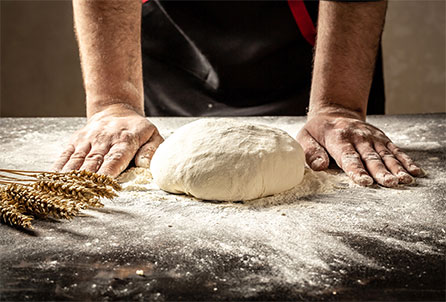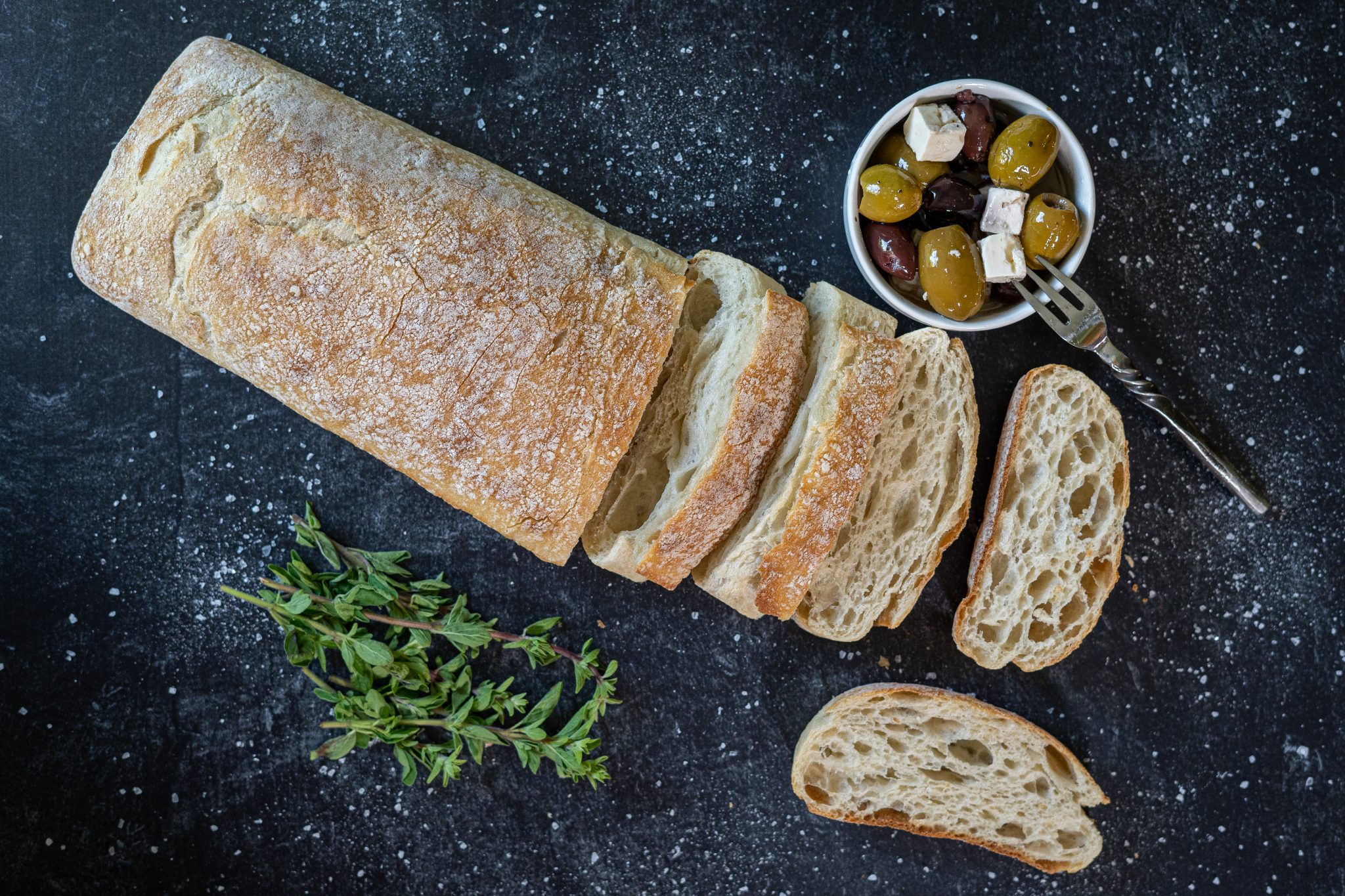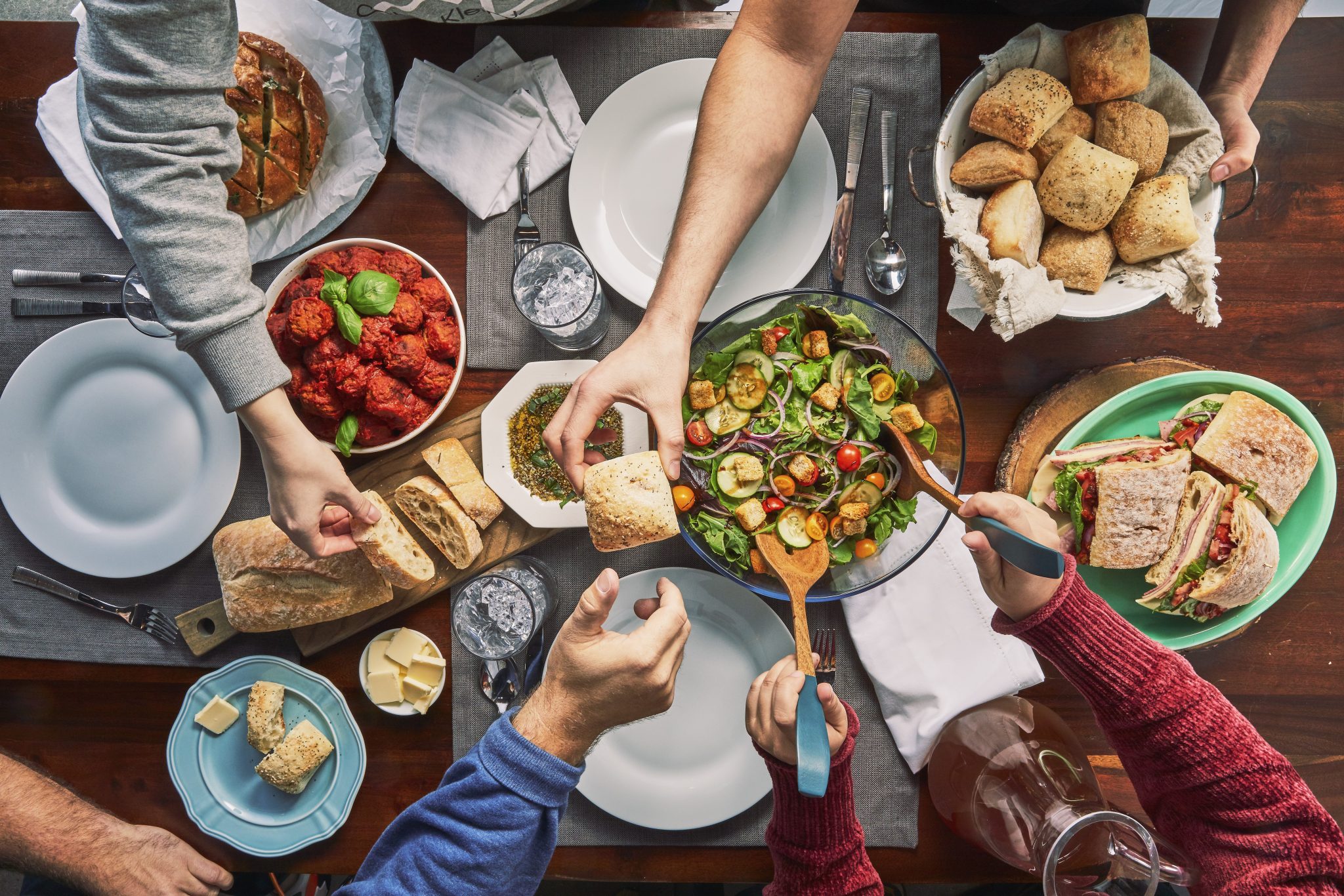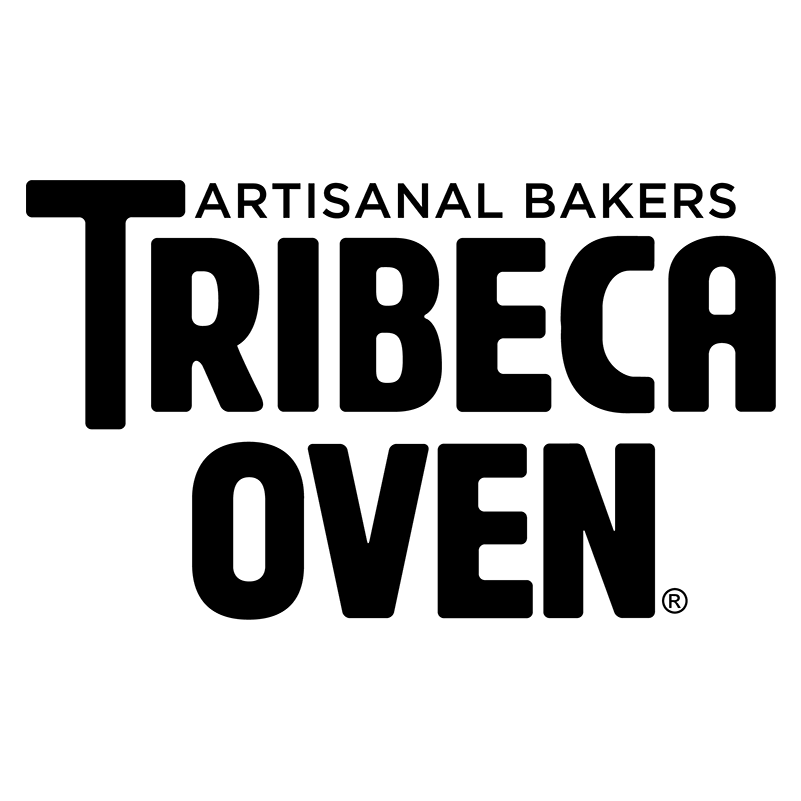23 May 3 Fascinating Facts About Tribeca Oven’s Baking Process

Here at Tribeca Oven, bread is our passion. We think, talk about, research (and eat!) bread, day in and day out. We know that our customers care about their food and where it comes from, and we’ll bet you’re curious to learn more about the Old World methods we use to make the products that you and your family love.
Our term for increasing baking knowledge is “breaducation” and we’re excited to share some behind-the-scenes info about Tribeca Oven to help kick off your personal breaducation journey!
We Source Ingredients with Integrity
For us, sourcing ingredients is all about sustainability, quality and simplicity. Our carefully crafted breads start with high-quality wheat flour sourced from farmers who are committed to implementing environmentally conscious agricultural practices, like water conservation and increasing biodiversity. Tribeca Oven partners with the North Dakota Wheat Program to support these farmers, and the impact we’re making together is significant (read more here).
The integrity that informs our sourcing practices continues in Tribeca Oven’s kitchens, where our bakers use time-honored methods to make authentic, artisan breads. While some packaged breads have mile-long ingredient lists, that’s not what you’ll find here. Tribeca Oven’s breads are made without preservatives, dough conditioners, artificial colors, artificial flavors or GMO ingredients.

Baking is Serious Science
Even the best ingredients won’t make much of a difference if you don’t understand the science
of bread baking. There are elements of artistry and skill involved, but mastering the reactions that happen during the process is crucial for consistently delicious bread.
As Rahul Mandal, winner of the 2018 season of “The Great British Bake Off” explains in this Physics World blog post, baking is a combination of chemistry, biology and physics.
“Chemistry, as you mix different edible chemicals to create dough or batter, with tiny air bubbles trapped inside. Biology, as the culture of yeast provides carbon dioxide to make your bread rise. And physics, as those trapped gasses expand and give the rise to the bakes,” he says.
Heat plays a huge role in how baking works: First, it makes the trapped gasses in the dough expand and the water evaporate, both of which give volume to the bread or baked goods. The heat also changes the protein structure in flour and eggs, which gives the bread structure. And heat can cause the Maillard reaction, which is when proteins and sugars react on the surface of
the bread to create a golden-brown crust and a toasty flavor.
Our bakers combine their expertise with a deep understanding of the importance of time and
patience in the process. We never rush the preparation, fermentation or rising of the dough, which means Tribeca Oven breads taste great and last longer on the table and in the freezer.
Curious to learn more about the science behind baking? Check out these informative books about the ins and outs of the science of baking!
The Same Ingredients Can Yield Different Results
It’s pretty amazing how the same simple ingredients can create so many different bread products! Adjusting the quantities and proportions of flour, water, yeast and salt, for example, modifying how long the dough ferments and is allowed to rise, and changing how the dough is shaped, can produce distinct results.
For example, Tribeca Oven’s Baguette, Ciabatta and Focaccia all share the same foundational ingredients: wheat flour, water and salt. Baguettes are shaped into their signature long loaves and have a lower hydration level than ciabatta, which are shaped into rectangles. This is partially why ciabatta has a soft porous texture while baguette has a thin crust and a slightly chewy texture. Focaccia, which includes oil in the dough, is baked flat on a sheet which helps it develop its signature crunchy crust and pillowy, dimpled texture.

If you enjoy learning about bread, check out the Tribeca Oven blog, where we answer questions like, how does sourdough work? and what are whole grains? and follow Tribeca Oven on Instagram, YouTube, Facebook and LinkedIn. To find our artisan breads near you, use our product locator.




Sorry, the comment form is closed at this time.